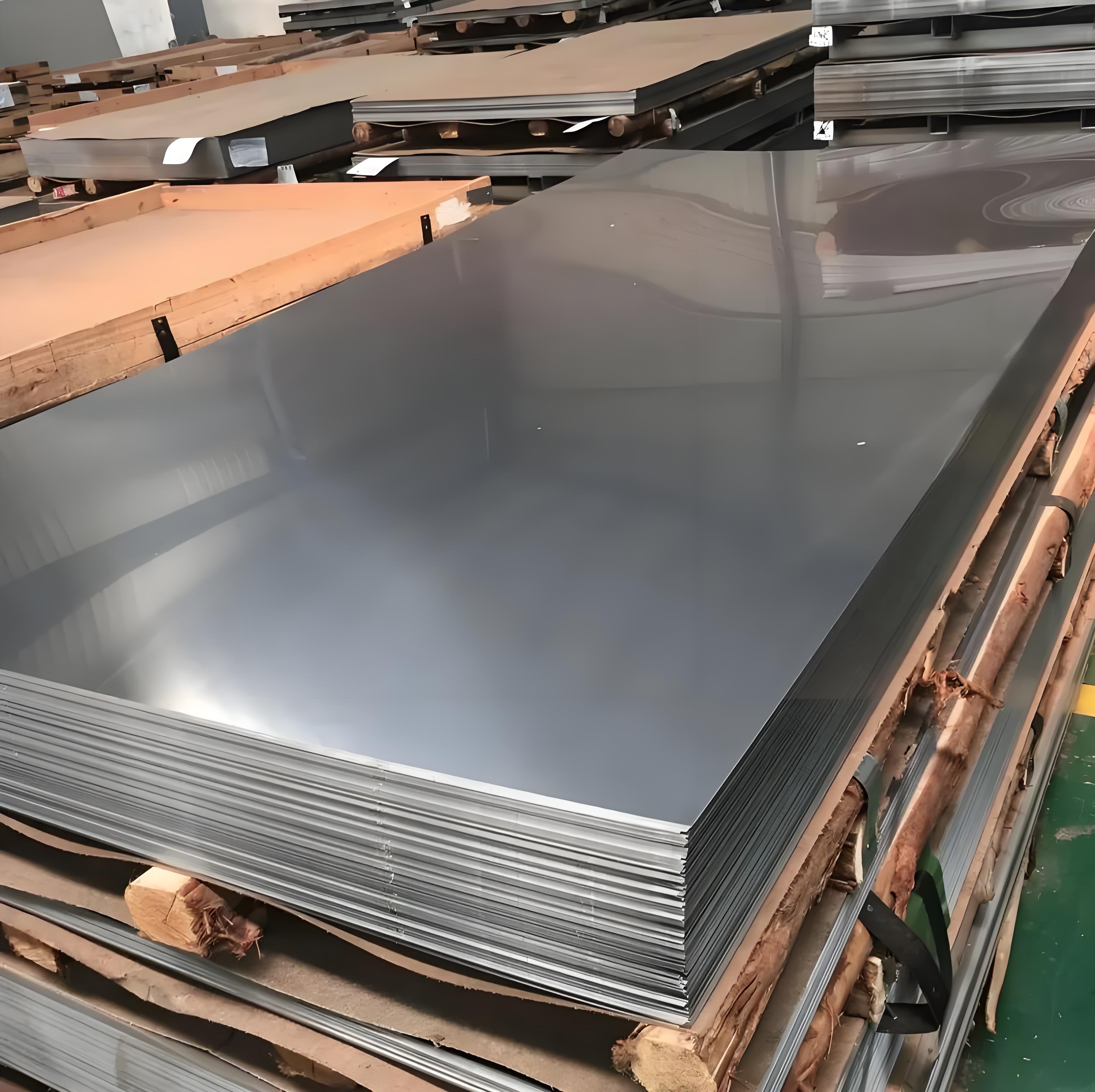The difference between 304 and 304l stainless steel
Release Time:
2024-08-26
Views:
304 stainless steel is the most widely used steel. As a type of steel with a wide range of applications, it has good corrosion resistance, heat resistance, low temperature strength and mechanical properties; it has good hot processing properties such as stamping and bending, and no heat treatment process hardening phenomenon (non-magnetic, convenient temperature -196℃~800℃).
1. What kind of steel is stainless steel?
Stainless steel is a type of steel. Steel containing less than 2% carbon (C) is called steel, and more than 2% is iron. In the smelting process, alloy elements such as chromium (Cr), nickel (Ni), manganese (Mn), silicon (Si), titanium (Ti), and molybdenum (Mo) are added to the steel to continuously improve the characteristics of the steel and make the steel corrosion-resistant (ie, rust-proof), which is what we often call stainless steel.
What are "steel" and "iron"? What are their characteristics and what is their relationship? What are the 304, 304L, 316, and 316L that we usually refer to? What are the differences between them?
Steel: A material with iron as the main element, a carbon content usually below 2%, and other elements. ——GB/T13304-91 "Steel Classification"
Iron: A type of metal element, atomic structure number 26. Iron materials have strong ferromagnetism and good ductility and heat resistance.
Stainless steel: steel that is resistant to weak corrosive media such as air, steam, water, or stainless steel. The commonly used steels are 304, 304L, 316, and 316L, which are 300 series products of austenitic stainless steel.
-304 stainless steel-
Features detailed introduction
304 stainless steel is the most widely used steel. As a type of steel with a wide range of applications, it has good corrosion resistance, heat resistance, low temperature strength and mechanical properties; it has good hot processing properties such as stamping and bending, and no heat treatment process hardening phenomenon (non-magnetic, convenient temperature -196℃~800℃).
Application fields
Household items (category 1 and 2 tableware, cabinets, indoor pipelines, electric water heaters, boilers, bathtubs)
Auto parts (windshield wipers, mufflers, molded products)
Medical equipment, decorative building materials, chemicals, food industry, agriculture, ship parts
-304L stainless steel-
(L stands for low carbon)
Detailed introduction to features
As a low-carbon 304 steel, its corrosion resistance is similar to that of 304 steel under normal circumstances, but after welding or after removing internal stress, its resistance to grain boundary corrosion is excellent; it can also maintain stable corrosion resistance without completing the heat treatment process, using a temperature of -196℃~800℃.
Application fields
Applied to outdoor open-air machinery in the chemical, coal, and petroleum industries with high requirements for resistance to grain boundary corrosion, heat-resistant parts of decorative building materials, and parts with difficult heat treatment processes.

Keywords:
Latest News
2024-08-27



